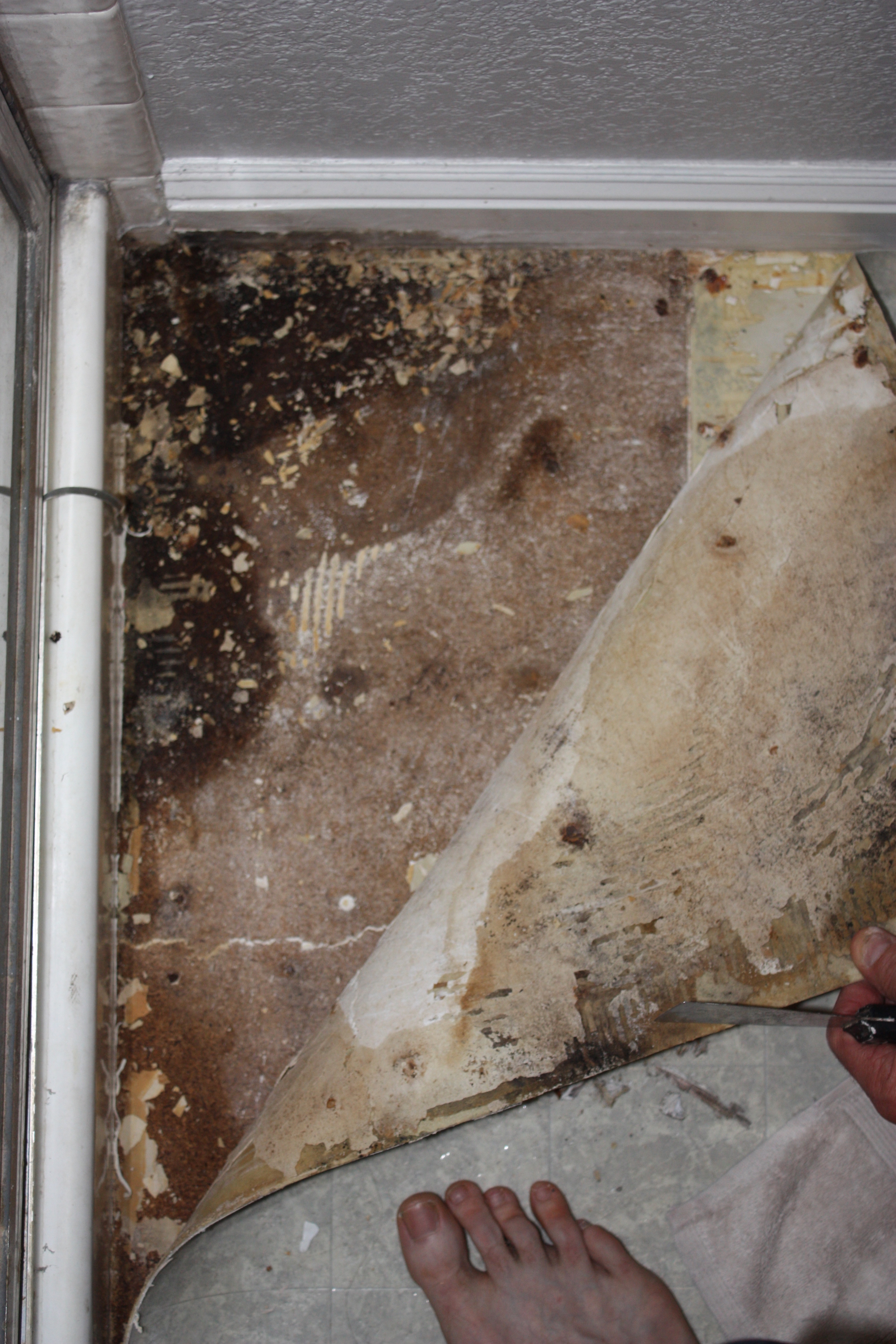Exactly how to Repair And Protect Against Bathroom Water Damage
Exactly how to Repair And Protect Against Bathroom Water Damage
Blog Article
What are your beliefs on How to Prevent Bathroom Water Damage?

The shower room is very susceptible for wet buildup and also prospective water damage because of the frequent use water in it. This write-up provides easy evaluation strategies to aid finding water damage hazards.
The constant use water in the shower room makes it incredibly vulnerable for wet buildup as well as potential water damages. By checking it frequently, you can reduce water relevant problems.
The complying with collection of assessments is simple to perform and also must be done once in every 3 months in order to maintain your restroom in good shape and also to avoid potential water problems triggered by the bathtub, the shower, pipeline joints as well as plumbing, sinks, closets, as well as the toilet
Do not forget doing these evaluations and also be complete while performing them. Remember that these easy examinations can save you a great deal of money by giving early signs for water damage
Bathtub as well as Shower
The shower and tub require unique attention and also maintenance. Examine the ceramic tiles and change if broken. See to it that there is no missing cement between the floor tiles. Inspect as well as replace split caulking at joints where the walls satisfy the floor or the bath tub. Clogged drains pipes and pipes troubles will protect against the bathtub from drying out and may indicate major troubles below the tub. Consult with an expert promptly to prevent architectural damages. Take note of stainings or soft locations around the bathtub wall surfaces as they might indicate an interior leakage.
Plumbing
Signs for water damage are difficult to identify because a lot of pipelines are installed inside the walls.
Pay unique focus to flooring and walls wetness and also stains as they may suggest an unseen plumbing problem. Inspect wetness degrees in adjoining rooms also.
Sinks and Cabinets
Sinks as well as cupboards are revealed to moisture and humidity everyday and also are usually overlooked. Examine on a regular basis under the sink and also on the kitchen counter over it. Repair any drip in the trap as it may recommend drainpipe troubles. Check out the sink, slow-moving draining pipelines may indicate a blocked drain. Replace sink seals if they are cracked or loose.
The Bathroom
The commode is an at risk water junction. Inspect the water lines as well as look for leakages around the toilet seat, in the hose, as well as under the water storage tank. If you find any kind of signs of moisture on the floor around the bathroom, look for leakages in the toilet edge and also tank seals.
Be aware that hanging bathroom bowl antiperspirants boosts the opportunities for blockages.
Water Damage Signs In The Bathroom To Avoid Cleanup
Musty smell
This is one of the easiest signs to catch because musty smells are so odorous. The damp, earthy, moldy smell should be a big red flag. The smell will develop when moisture gets trapped in surfaces, and begins to facilitate mold growth. Leaking pipes under cabinets, inside walls, and behind shower fixtures will cause moisture to stay trapped and not dry, which will lead to mold growth and spread. As soon as you notice any musty smells in your bathroom, have it checked for hidden water damage and cleanup signs.
Visible mold
If the smell isn’t there to give it away, sometimes you will actually see mold growth. Finding mold in your bathroom is a serious problem, because mold is very harmful to your health. By the time mold growth is visible, it also means that water damage has already occurred and been present for some time. The only way the mold problem can be resolved is to find the source of the moisture and get it stopped. To safely and adequately remove mold, you need to have professionals handle the remediation. Do not waste any time in getting mold problems addressed, fixed, and sanitized so that you can protect you and your family from the many respiratory symptoms caused by mold exposure.
Damaged floors
Bathroom floors should be able to withstand some exposure to water while still remaining in good condition. However, when excess exposure or water leaks occur, they will begin to damage even the most water-resistant flooring. If you notice any cracking, bubbling, staining, or warping on your bathroom floors, there is probably a water leak somewhere causing the distortion. If you notice areas of the floor have become softer, or even have a spongy feeling, there is probably damage to the subfloor. Subflooring is typically made up of plywood. When plywood is exposed to water or moisture, it will absorb it. Once it has become saturated, the weight of the excess water will cause the wood to swell and soften. Check the floors in your bathroom frequently to catch any of these sings before they lead to damaged subflooring.
Changes on walls
When water leaks behind walls, it will cause changes in the drywall. Peeling plaster, blistering paint, and soggy wallpaper are all good indicators that excess water is building up behind the wall. Water leaking behind drywall will cause it to swell and be soft to the tough. If you start to notice gaps along the trim of your walls, or where tile meets the wall, it could also be a strong indicator that there is a leak behind the wall. Any changes, distortion, or damage on the walls should be evaluated as soon as you notice it to prevent further water damage and cleanup.

We are very occupied with How to Repair and Prevent Bathroom Water Damage and I'm hoping you enjoyed reading the new blog entry. If you appreciated our article kindly do not forget to pass it around. Thanks a bunch for your time. Visit again soon.
Go Services Report this page